Blog
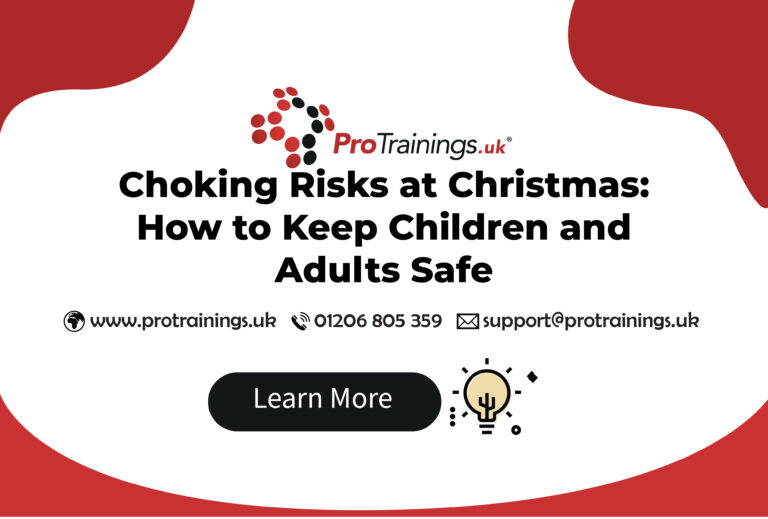
Choking Risks at Christmas: How to Keep Children and Adults Safe
Choking Risks at Christmas: How to Keep Children and Adults Safe Christmas is a time for joy, celebration, and plenty of delicious food. But with all the festive treats being passed around, it’s also a time when choking incidents become…
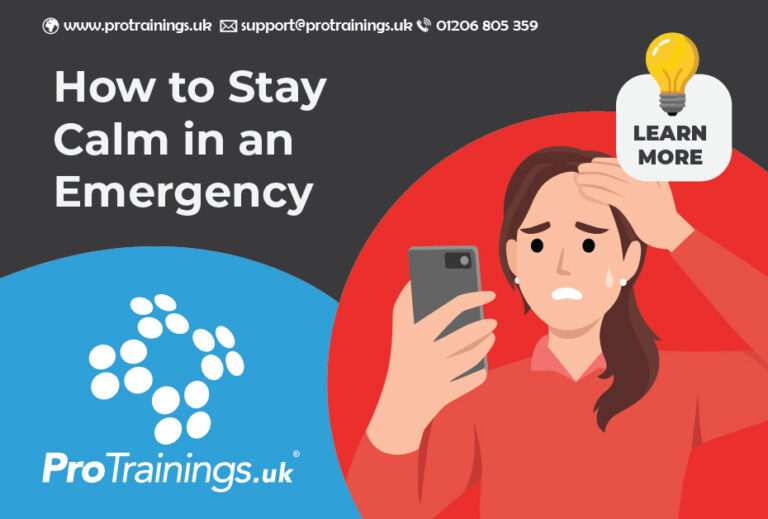
How to Stay Calm in an Emergency: A Guide for First Aiders
How to Stay Calm in an Emergency: A Guide for First Aiders Emergencies can be frightening and overwhelming, whether it’s a medical incident at home, a workplace accident, or an unexpected situation in public. Here’s how to maintain composure, make…
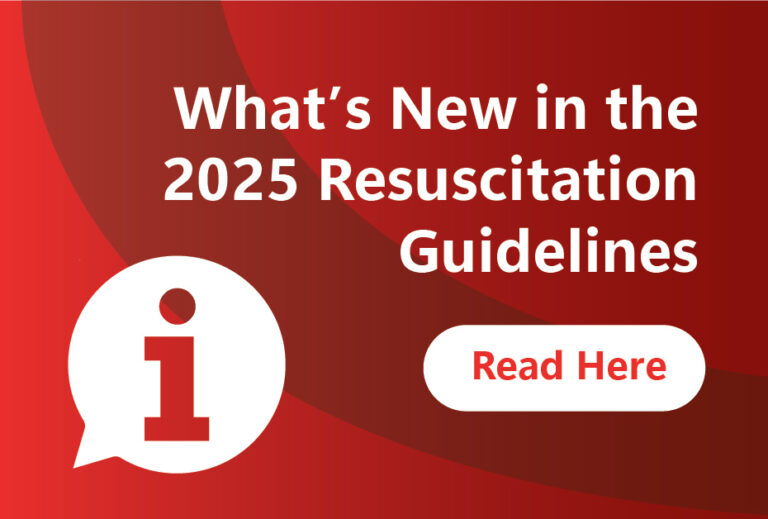
What’s New in the 2025 Resuscitation Guidelines
What’s New in the 2025 Resuscitation Guidelines The Resuscitation Council UK (RCUK) has released its 2025 Resuscitation Guidelines, introducing major updates based on the latest scientific evidence. These changes affect first aiders, CPR trainers, and anyone interested in life‑saving skills.…

December is Here – Christmas is Coming! Are You Prepared?
Christmas is Coming – Are You Ready? December is here, and Christmas is almost upon us! The lights are going up, shops are busy, and everyone is getting into the festive spirit. But Christmas can also bring extra risks. Slips…
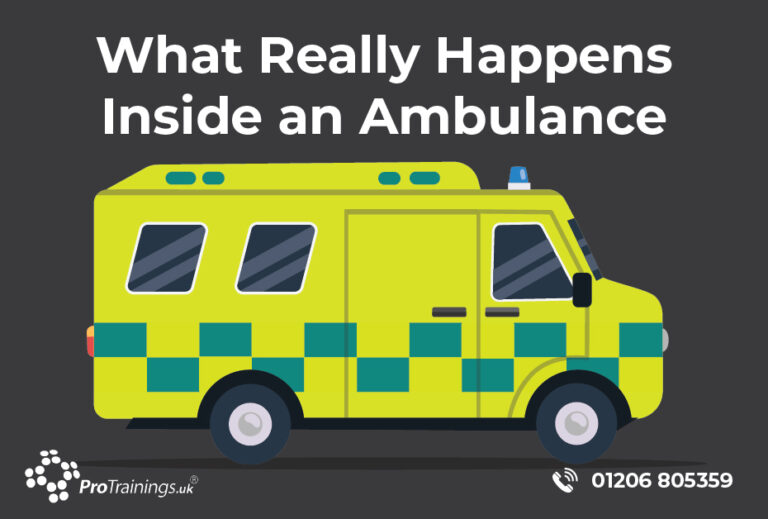
What Really Happens Inside an Ambulance
What Really Happens Inside an Ambulance: A First Aider’s Guide Understanding the stages of pre-hospital care used by the East of England Ambulance Service (EEAST), which covers Suffolk and Essex, can give you a clearer picture of what your actions…

The Hidden Hazards in the Average Home
The Hidden Hazards in the Average Home: A Room-by-Room First Aid Risk Audit Our homes are meant to be safe havens, yet even the most carefully maintained houses have hidden hazards that can lead to accidents. Understanding these risks is…
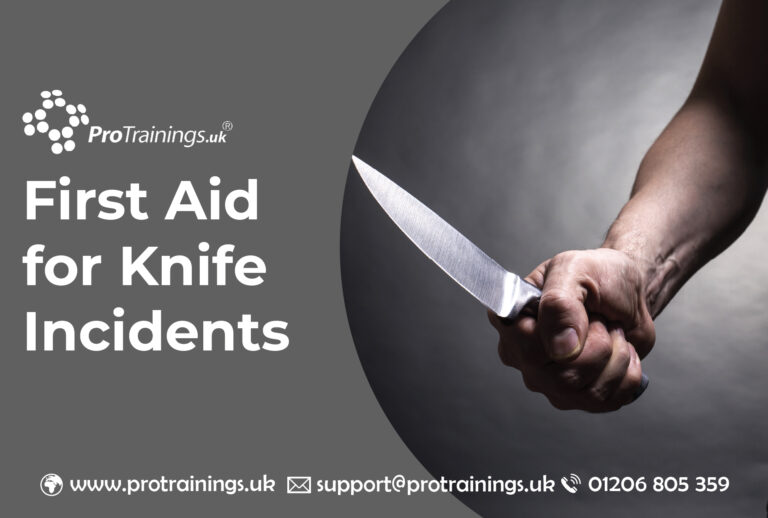
First Aid for Knife Incidents: Skills That Could Save a Life
First Aid for Knife Incidents: Skills That Could Save a Life Knife crime remains a serious challenge across England and Wales. In the year ending March 2025, there were around 53,000 offences involving a sharp instrument.Although the number has shown a…
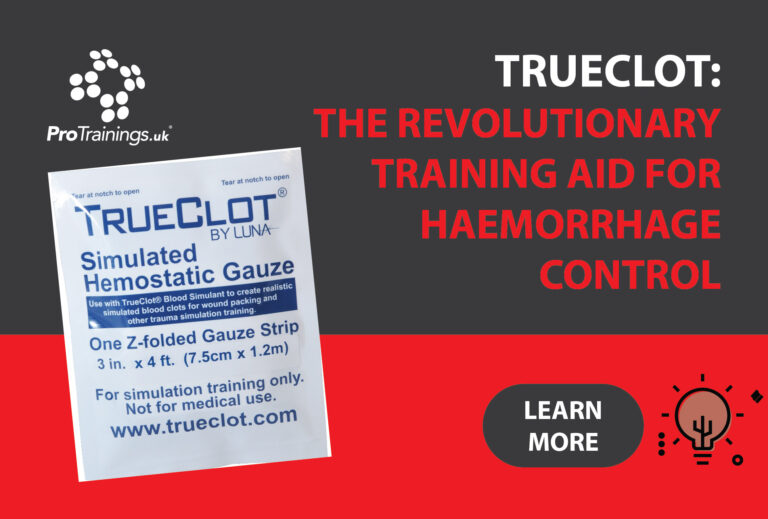
Discover TrueClot: The Leading Wound Simulation Products for Training Excellence
TruEnhance Your First Aid Training with TrueClot Wound Simulation Products When it comes to first aid training, realism is key. TrueClot wound simulation products offer lifelike injuries that allow trainees to practice essential skills safely and effectively. Whether you’re conducting…
Introducing the New Pet Anatomy Book by ProTrainings
Introducing the New Pet Anatomy Book by ProTrainings At ProTrainings, we’re passionate about helping pet owners, animal care professionals, and first aid trainers gain the knowledge they need to keep pets healthy and safe. That’s why we’re excited to announce…
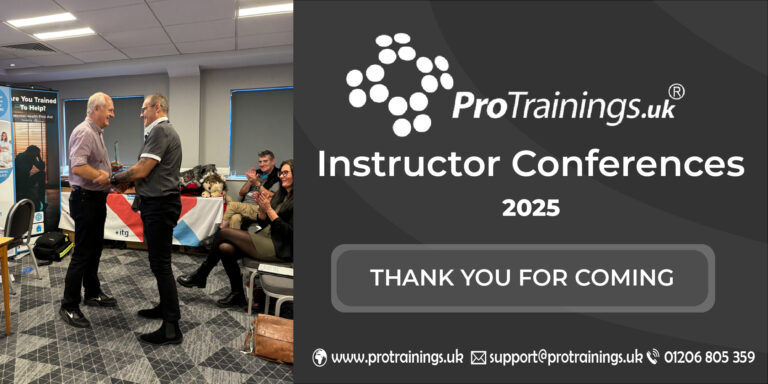
Thank You to Everyone Who Joined Us at the 2025 ProTrainings Instructor Conferences
ProTrainings Instructor Conferences 2025: Highlights from Birmingham and Colchester This month, ProTrainings hosted two outstanding Instructor Conferences — one in Birmingham on 3rd October and another in Colchester today. A huge thank you to everyone who joined us and made…

